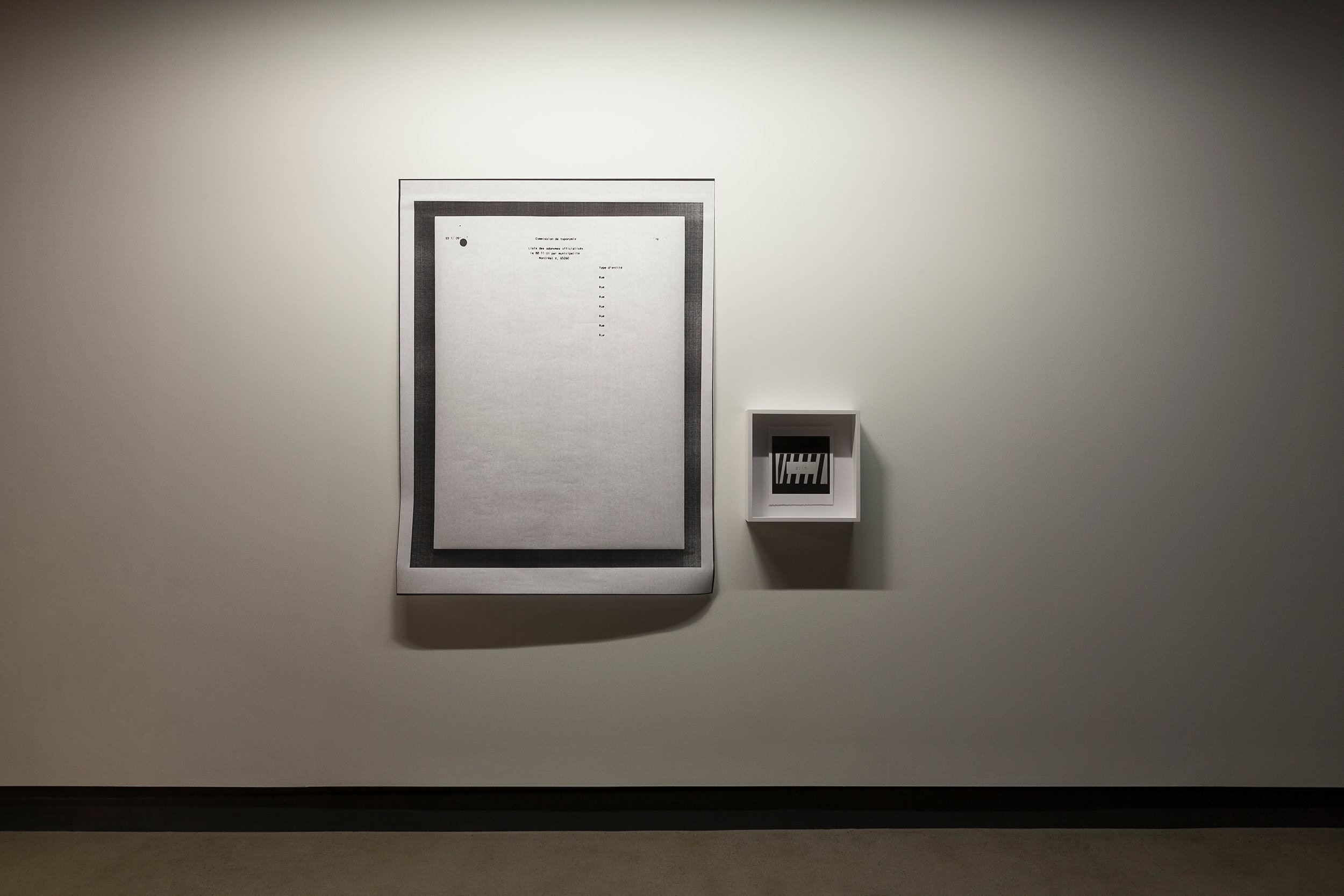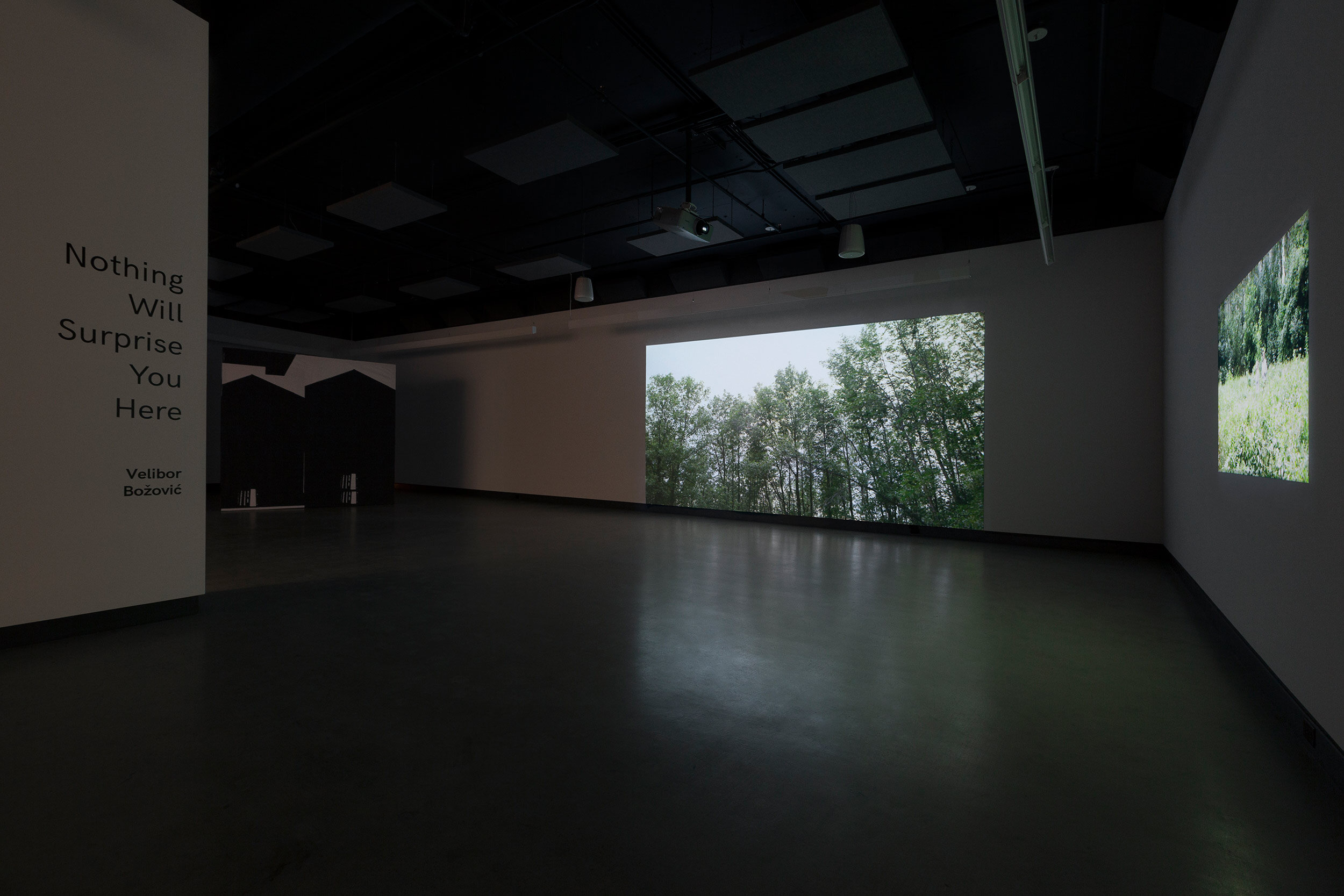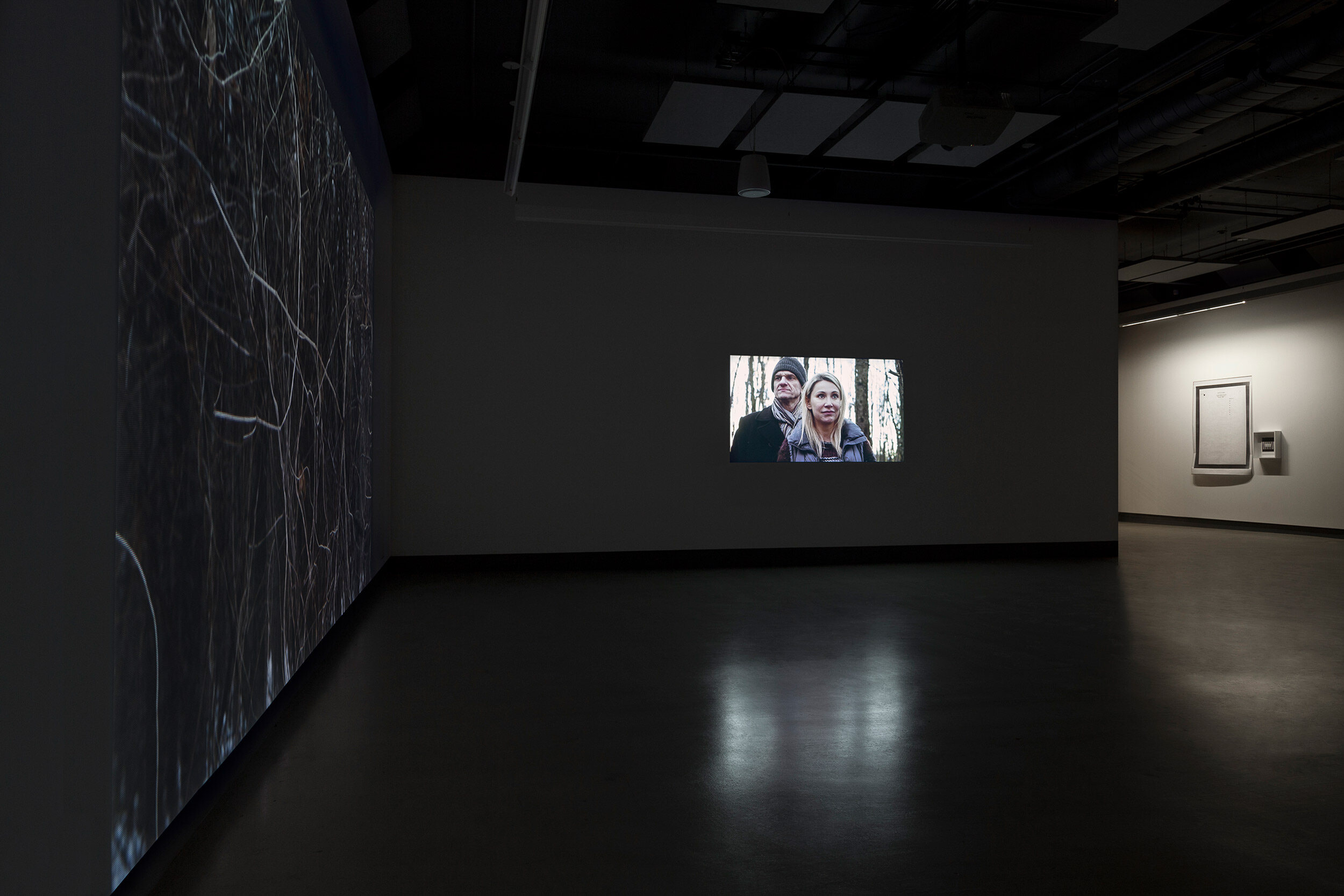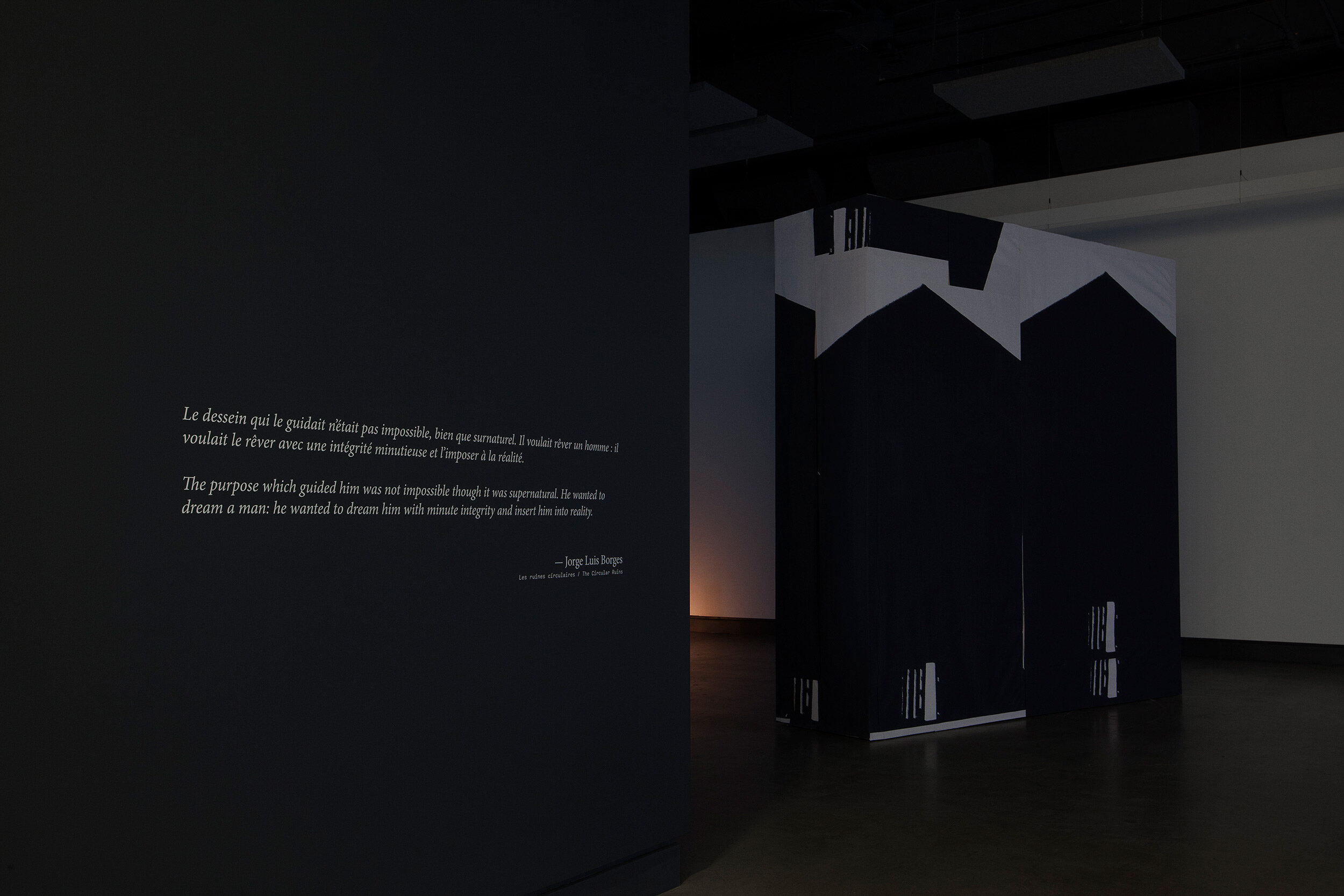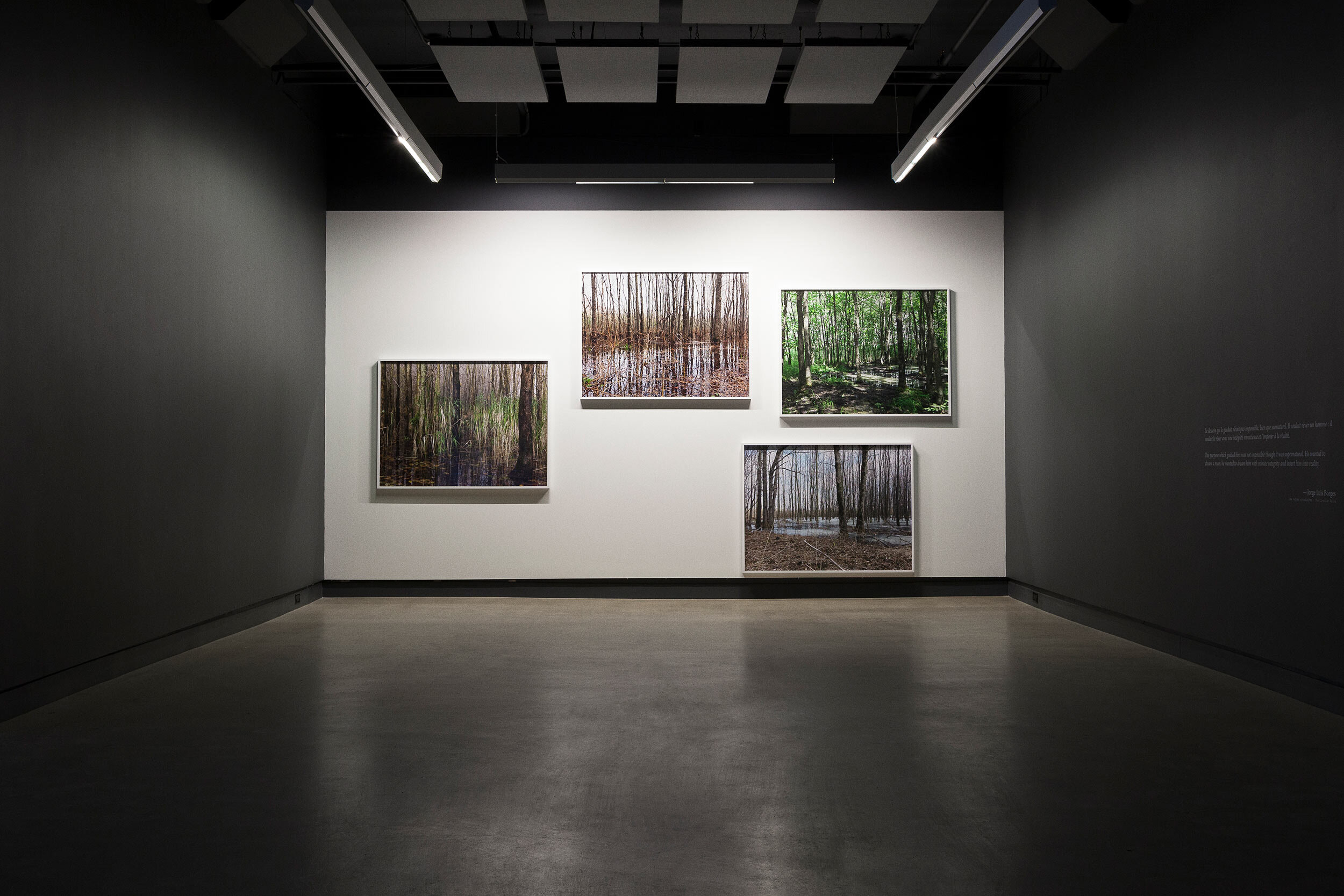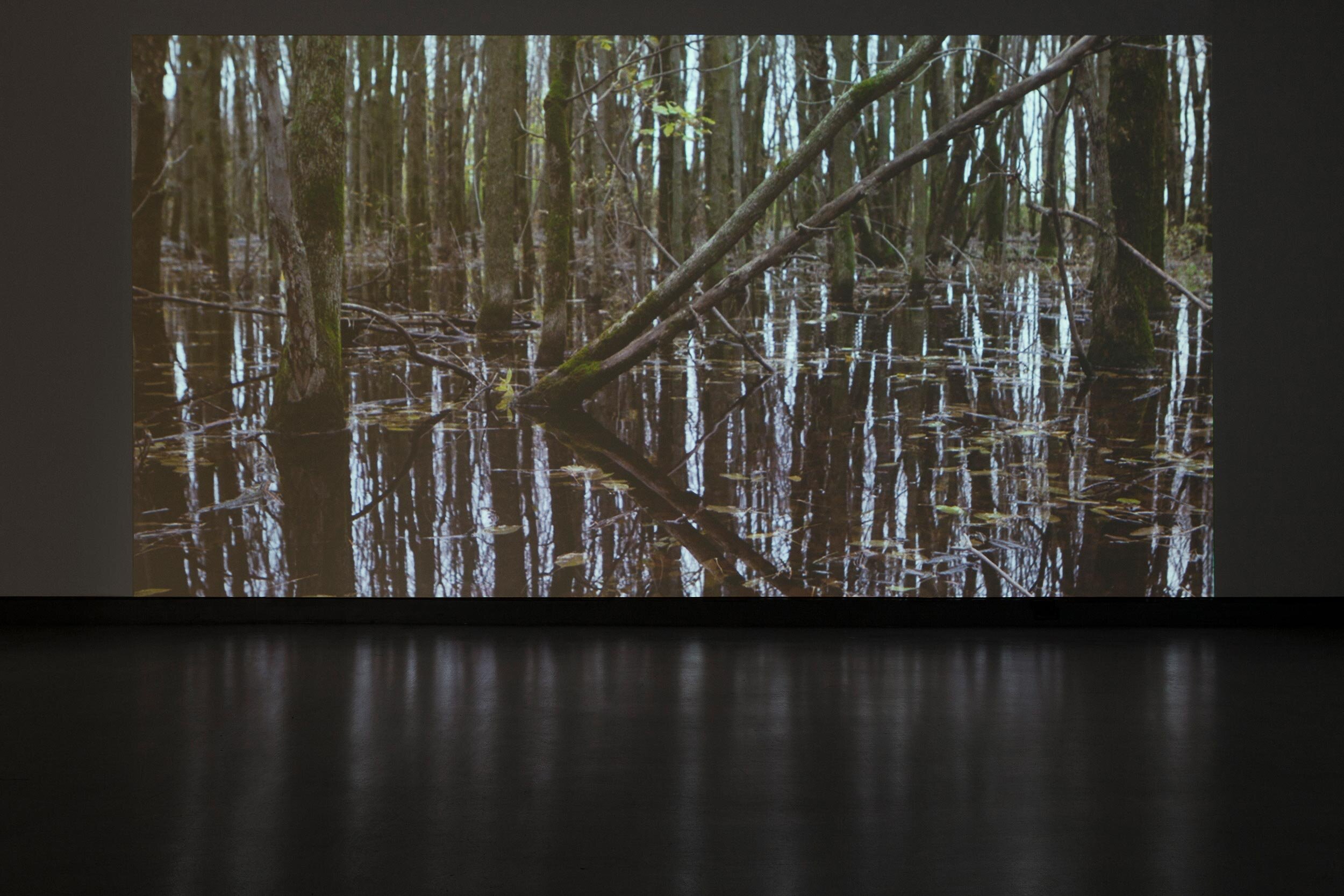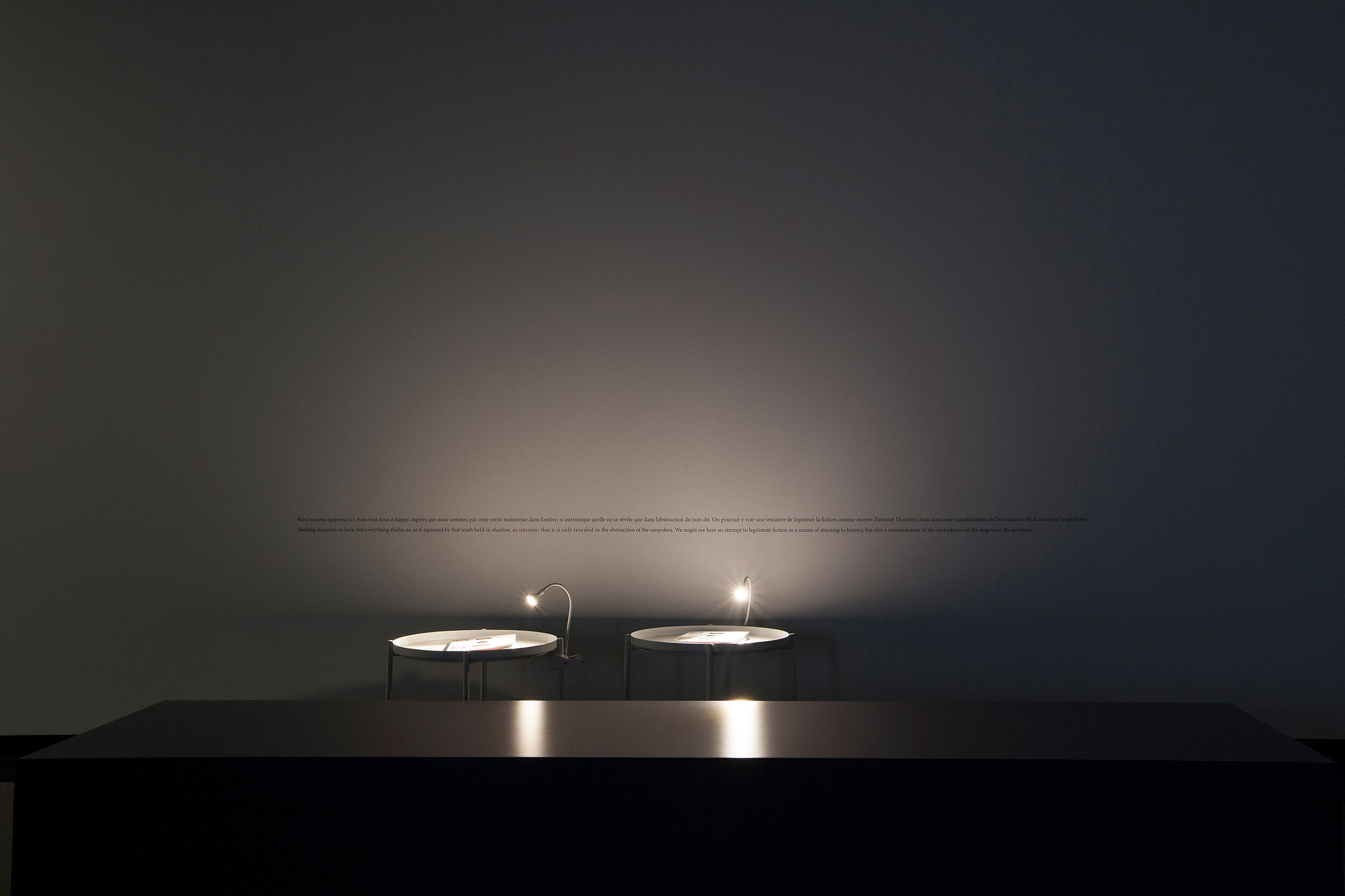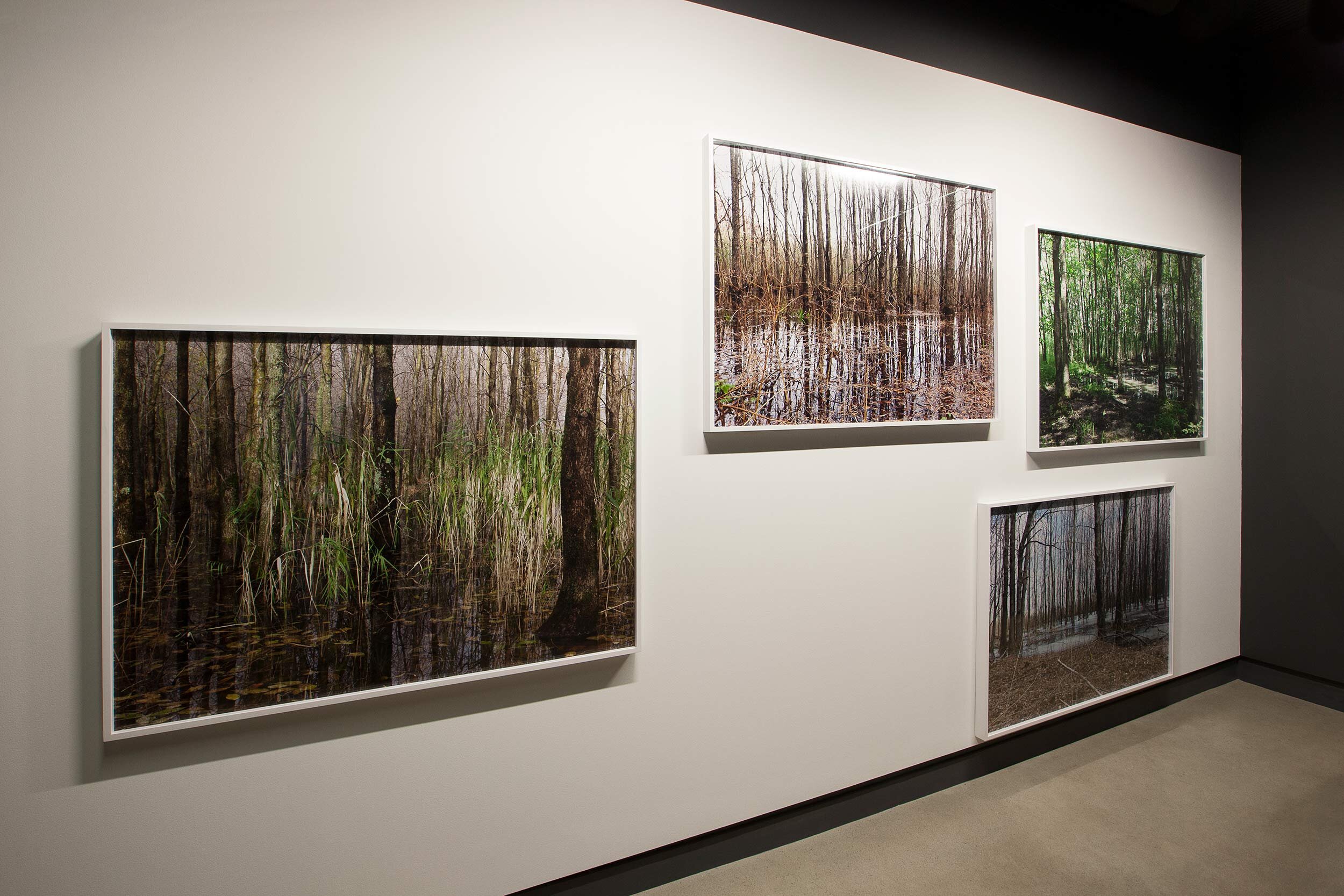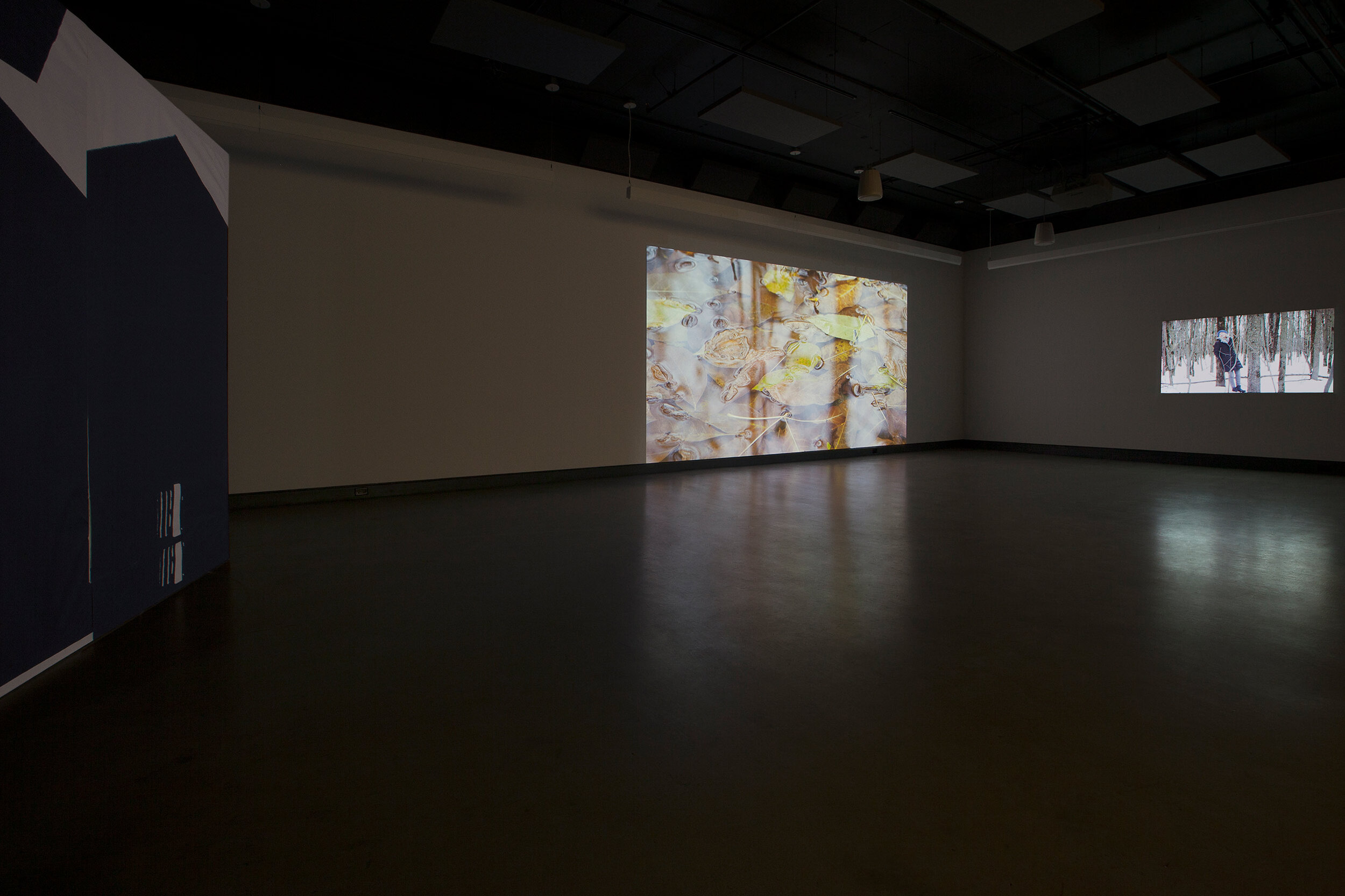Velibor Božović
Nothing Will Surprise You Here
From April 13 to June 17, 2017
Opening and book launch on April 13 at 7 pm
Several years ago, Velibor Božović read an article in a Montreal newspaper announcing the city’s intention to highlight the 150th anniversary of the invention of photography by naming new streets in a neighbourhood under construction after photographers who had played a role in the history of the city: Ovilla Allard, George Arless, Edgar Gariépy, Alexander Henderson, William Notman and Conrad Poirier. The idea piqued Božović’s curiosity, and he undertook exhaustive research in various archives, slowly gathering information. To the street names he attached images produced by these photographers; diverse documents in which these images appeared, often their original publication; topographic maps; aerial views; geographical maps; and several web documents attesting to the existence of these streets, even though still today the site remains a mere vacant lot (1). Painstakingly, Božović adopted the attitude of a historian, gathering information and documents and archiving, structuring and organizing the material to determine his own protocol.
This protocol has turned out to be, or appears to have turned out to be, that of an outsider’s gaze, time and again running up against questions addressed by Jean Baudrillard in his volume Simulacra and Simulation. In this book Baudrillard brings up to date the semantic concept developed by Alfred Korzybski — the map is not the territory — by exploring the idea that the evolution of the media has blurred the connections between the map and the territory, representation and reality, giving rise to a hyper-reality: a representation without source or direct connection to the world, and yet informed by multiple references to it. It is thus an inverted way of perceiving the world, in which the map precedes the territory: where representation may potentially generate its subject.
Velibor Božović’s initial research was undeniably motivated by an interest in photography. He is, first of all, a photographer. But what interests us here is not his possibly anecdotal relation to the image but rather the evocative force of a site which, when all is said and done, remains imaginary. And it is precisely this something other than a representation of reality which the artist enjoins us to experience. Images are present of course, documenting the territory, the passage of time, the seasons. Just as the characters Catherine and Gustave vouchsafe their presence in the world through their exchanges, in which the site is clearly modelled by the sentiments and impressions associated with it, even though they remain a mental image. Riddled with details which sow doubt as to the temporal cohesion of the narration and the whether their behaviour corresponds to the site, their wanderings and their stories bring out the idea that the concept of space or belonging to a place is physical but especially mental and based on experience. As their exchanges and movements progress, the identity of the site takes shape, appearing to awaken a sense of belonging which contributes to the construction of the identity of the characters themselves.
Nothing Will Surprise You Here, a long meditation on the reactivation of the past in the present, unfolds in a ‘nostalgic future’ where individual stories negotiate with each other like so many efforts to understand the complexity and confusion of the human condition. As if it were giving form to and embodying—almost literally, given that most of the work’s ideas are expressed by the two protagonists — the idea of the transmission of history through a metaphor on identity and the place of belonging. In this putting into action, which draws on multiple sources, there takes shape an ambiguous narrative line, situated between life story, history and fiction. It is almost as if, out of forced oblivion or sometimes even the survival instinct, there almost necessarily arose the need to relate in the form of fragmented narratives in order to be able to identify truth in what is omitted. It is as if the most personal narratives, by breaking up collective history or the legitimate version of an event, made it possible to exorcise the past or at the very least to open up a breach with it.
It is difficult not to see in this project a quest connected to Božović’s origins and personal trajectory. For him, the notions collective memory, crossing, borders and a sense of belonging always forcibly permeate his thinking. For Božović, inevitably, the map also incidentally preceded the territory, to the point of modelling it.
(1) Since the planned residential development was canceled.
This exhibition, as well as the publication that accompanies it, receives the support of the Conseil des arts et des lettres du Québec, the Canada Council for the Arts and the Claudine and Stephen Bronfman Family Foundation.
Velibor Božović grew up in Sarajevo, Bosnia-Herzegovina. When he was in his twenties, the country of his youth became a war zone and he spent the duration of the siege of Sarajevo honing his survival skills. He has lived in Montreal since 1999, where he completed an MA in Studio Arts at Concordia University after having worked for several years as an engineer in aerospace industry.
Velibor Božović’s work combines autobiographical, documentary and fictional elements to explore the influence of images on memory. My Prisoner, 2012, a video work which reconstructs an event that occurred on 3 April 1994 in war-torn Bosnia by intermixing archival footage with contemporary reimagining of the occasion, was recently presented at Les Rencontres Internationales Paris/Berlin in 2016. The Lazarus Project,
2008, a book project in collaboration with Aleksandar Hemon, which deals with the real-life death of Lazarus Averbuch, a young Jewish immigrant shot by the Chicago chief of police George Shippy in 1908, was finalist for the 2008 National Book Award as well as the 2008 National Book Critics Circle Award. His work has been presented in exhibitions and at festivals in Canada, United States, Cuba and Europe. His photographs appeared in The New York Times, Granta, The Paris Review, Descant, International Herald Tribune and others. His work has been supported by the Canada Council for the Arts and the Conseil des arts et des lettres du Québec, and, in 2015, he was awarded the Claudine and Stephen Bronfman Fellowship in
Contemporary Art.
Publication
This exhibition was organised for Dazibao by France Choinière, in close collaboration with the artist. Dazibao thanks the artist for his generous collaboration as well as its members for their support.
Dazibao receives financial support from the Conseil des arts et des lettres du Québec, the Canada Council for the Arts, the Conseil des arts de Montréal, the Ministère de la Culture et des Communications and the Ville de Montréal.

